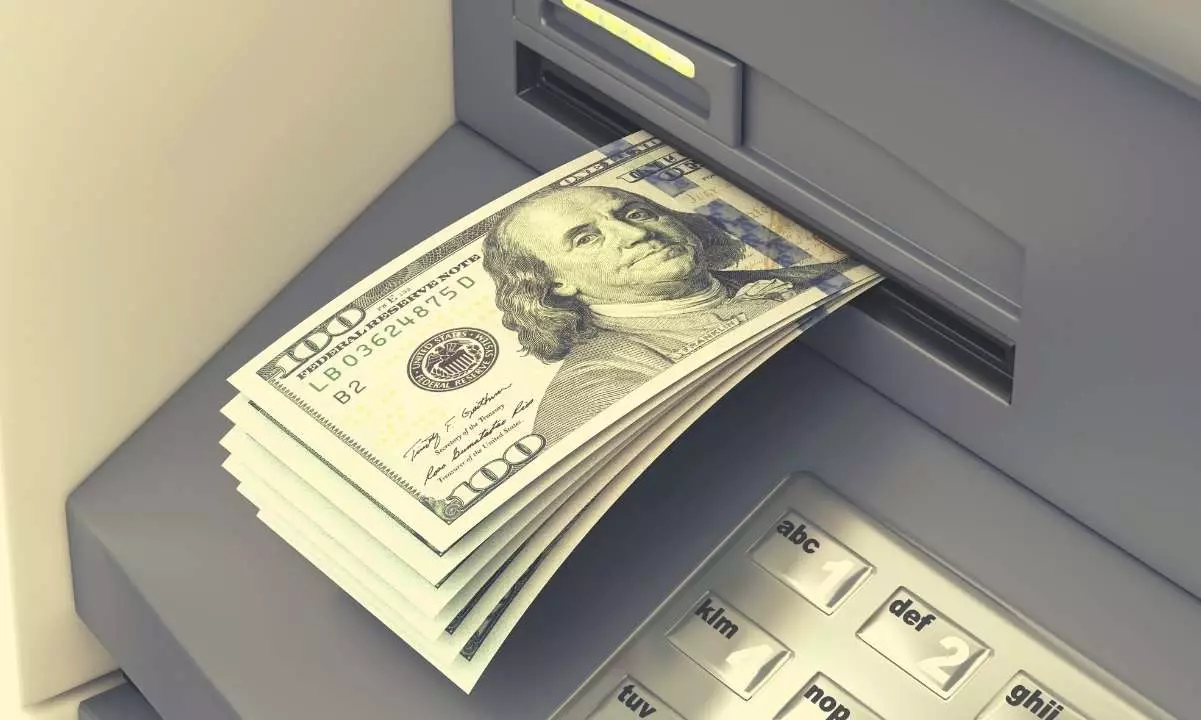In an unprecedented move, the Central African Republic (CAR) recently unveiled its meme coin, aptly named CAR, as part of a surprising initiative led by President Faustin-Archange Touadéra. The announcement set the cryptocurrency world ablaze, eliciting mixed reactions ranging from enthusiasm to skepticism. Meme coins have increasingly blurred the lines between serious investments and speculative humor, and the CAR token exemplifies this phenomenon. While the launch was framed as a bold step towards digital financial inclusion, it raised important questions about its legitimacy and potential risks.
The announcement of the CAR token caught the attention of traders, notably one individual who reportedly transformed a modest investment of $5,000 into over $12 million in a matter of hours. This meteoric rise was facilitated by the immediate trading wave that followed President Touadéra’s announcement, highlighting both the speculative nature of meme coins and the volatility intrinsic to this market. The trader’s strategy, involving the acquisition of 46.57 million CAR tokens soon after the contract address was published, speaks volumes about the unpredictable yet enticing opportunities that such tokens can present.
Despite the excitement surrounding the CAR token, several red flags emerged that merited scrutiny. Various AI verification tools initially flagged the president’s announcement video as potentially manipulated, a claim that sparked speculation regarding the authenticity of the entire initiative. The discrepancy raised concerns about the potential compromise of the president’s social media account, casting a shadow of doubt over the CAR project. Notably, while misleading videos have surfaced in the past, the persistence of the original post implies that the situation demands a closer examination rather than outright dismissal.
Yokai Ryujin, the founder of Unrevealed XYZ, expressed his skepticism on social media shortly after the launch, citing dubious indicators of the coin’s legitimacy. He pointed out that the domain associated with the CAR token had been registered just three days before the official announcement, which he contended was atypical for an initiative allegedly backed by a government. This sparked further questions about the seriousness and credibility of the CAR token, leading him to sound alarms for potential investors.
As more analyses emerged, Ryujin highlighted concerning developments linked to the token, which included allegations that the project developers had canceled the original Streamflow contract. Claims suggested that the associated funding had been moved back to private wallets, followed by the creation of a new contract that failed to secure the promised token amounts. The situation elucidates the risks inherent in investing in newly launched meme coins, especially those announcing significant financial undertakings with vague oversight measures.
Ryujin’s warnings were further supported by the confirmation from Namecheap that the project’s domain had been suspended, augmenting the skepticism pervasive within the community. This turn of events encapsulated the volatile nature of meme coins, which, while captivating, often lack the foundational security protocols that serious investments require. The specter of loss looms large for many investors who may find themselves drawn to the illusory promises of quick returns.
The rise of the CAR token represents a broader trend within the cryptocurrency landscape, where meme coins have emerged not only as a playground for speculative investors but also as instruments for political expression and cultural commentary. As these tokens evolve from mere internet phenomena into volatile markets, they mirror broader societal trends that blend digital culture with real-world implications. The CAR token might serve as a tool for strategic governmental messaging; however, the profound implications of such initiatives cannot be ignored.
In the United States, for example, the meme coin associated with former President Donald Trump was met with a mix of intrigue and skepticism, much like CAR. The conversation surrounding these coins reflects a pivotal moment in the evolution of public perception toward cryptocurrencies—a push and pull between engagement, investment, and caution.
As the cryptocurrency landscape continues to evolve, the story of the CAR meme coin stands as a potent reminder of the importance of vigilance and discernment in the face of financial excitement. For potential investors, the lightning-fast gains associated with meme coins can be alluring, but they are accompanied by significant risks. The CAR token’s tumultuous introduction underscores the necessity for comprehensive due diligence, revealing the delicate balance between embracing innovation and recognizing potential pitfalls in the ever-expanding world of digital currencies. In a market characterized by its unpredictability, caution may very well be the wisest choice.















